Monthly Archives: August 2024
SOURCE: RAUNAK KUNDE / NEWS BEAT / IDRW.ORG
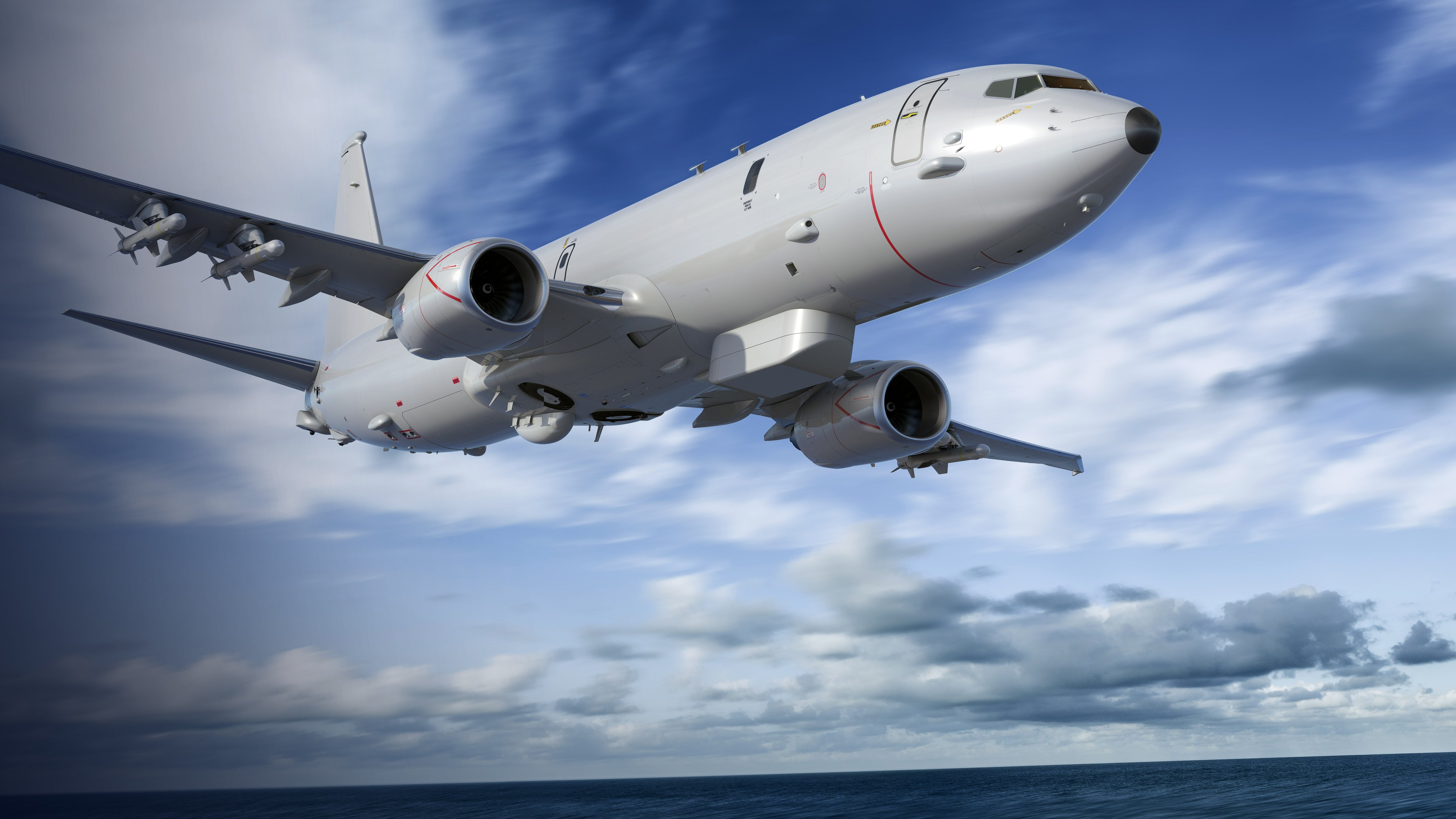

The Indian Navy is keenly interested in Boeing’s newly developed Multi-Mission Pod (MMP) for its P-8 Poseidon anti-submarine aircraft. This modular system is designed to accommodate a variety of sensors and mission systems, offering unprecedented flexibility and customization for operators.
As per information provided to idrw.org, Boeing and the Indian Navy are working now to identify sensors that they would like to include in the Multi-Mission Pod (MMP) for India’s P-8 fleet that might consist of Indian-made sensors.
Continue readingSOURCE: RAUNAK KUNDE / NEWS BEAT / IDRW.ORG
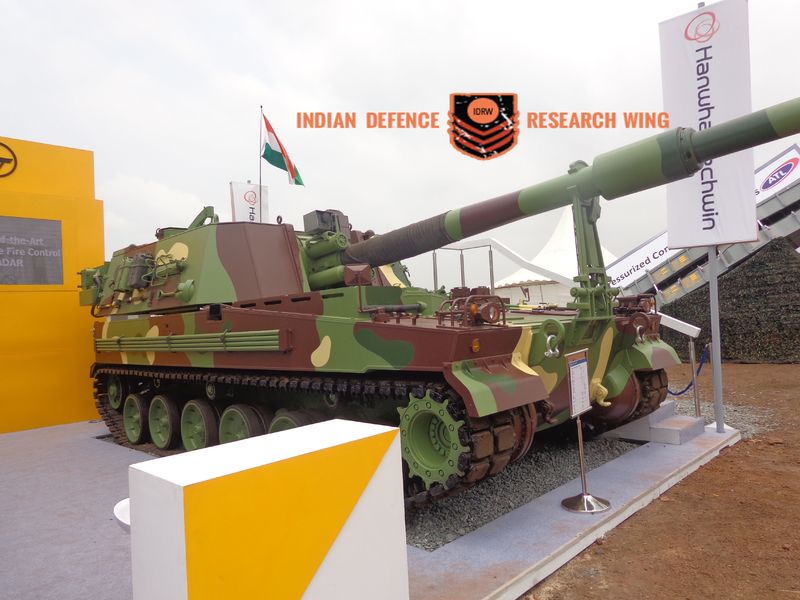

The Indian Army is on the cusp of significantly bolstering its artillery firepower with the acquisition of an additional 100 K-9 Vajra self-propelled howitzers (SPH). This move comes as a natural progression from the successful induction of the first batch of 100 units, which have already proven their mettle in the challenging desert terrain.
However, the evolving geopolitical landscape, particularly the ongoing conflict in Ukraine, has prompted the Army to reassess its artillery requirements. The increasing emphasis on mobility and survivability on the modern battlefield has led to a potential surge in demand for self-propelled artillery systems. Consequently, the Army is now contemplating an even more ambitious target of procuring up to 400 K-9 Vajra SPHs, necessitating an additional order of 200 units.
Continue readingSOURCE: RAUNAK KUNDE / NEWS BEAT / IDRW.ORG
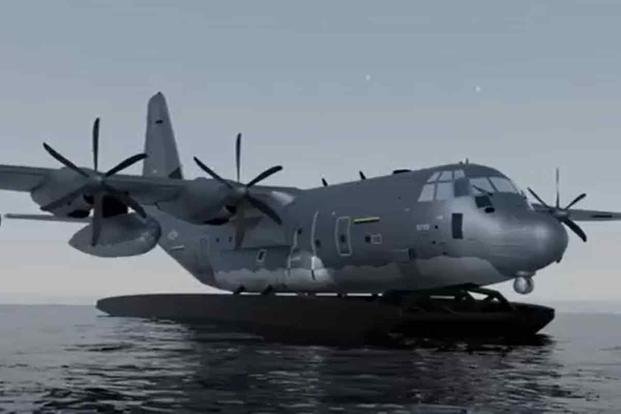

The Indian Navy is set to reignite its pursuit of amphibious aircraft to bolster its capabilities in the Andaman and Nicobar Command and enhance disaster relief efforts. The naval force plans to reissue a Request for Information (RFI) seeking suitable aircraft for these roles.
The Navy had previously issued an RFI in 2011, which garnered interest from Russia and Japan. ShinMaywa Industries Ltd. from Japan offered its US-2 amphibious aircraft, a prospect that initially excited the Indian Navy due to the potential for technology transfer and local manufacturing.
Continue readingSOURCE: IDRW.ORG TEAM
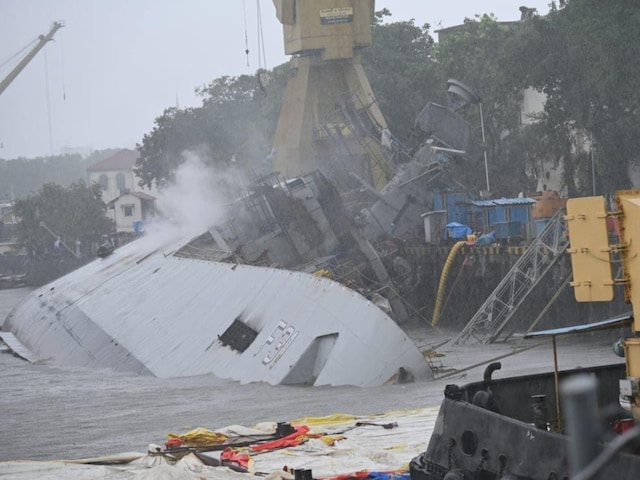

The Indian Navy is facing a major setback with the severe listing of the frigate INS Brahmaputra. The warship, undergoing a refit at the Naval Dockyard in Mumbai, capsized to a dangerous angle of 40-45 degrees on its port side following a fire on board.
While the extent of damage is currently being assessed, officials have confirmed that the situation is not as severe as the previous incident involving INS Betwa. Nevertheless, the process of righting the ship is expected to be a lengthy one, potentially taking up to three months, subject to necessary approvals.
Continue readingSOURCE: IDRW.ORG TEAM


Svaayatt Industries has made a significant breakthrough in drone technology with the launch of its “SMV-1” PetroCoptor, a cutting-edge unmanned aerial vehicle (UAV) designed for a wide range of applications. This innovative drone is equipped with advanced surveillance payloads, including EO-IR & LRF Triple sensor camera, RGB day camera, and a mapping payload, making it a versatile tool for industries such as oil and gas, security, and surveying.
One of the standout features of the PetroCoptor is its integration of LiDAR technology, enabling precise mapping and surveying with unparalleled accuracy. The drone’s modular design allows for easy assembly and customization, while its robust construction ensures durability in challenging environments.
Continue readingSOURCE: RAUNAK KUNDE / NEWS BEAT / IDRW.ORG
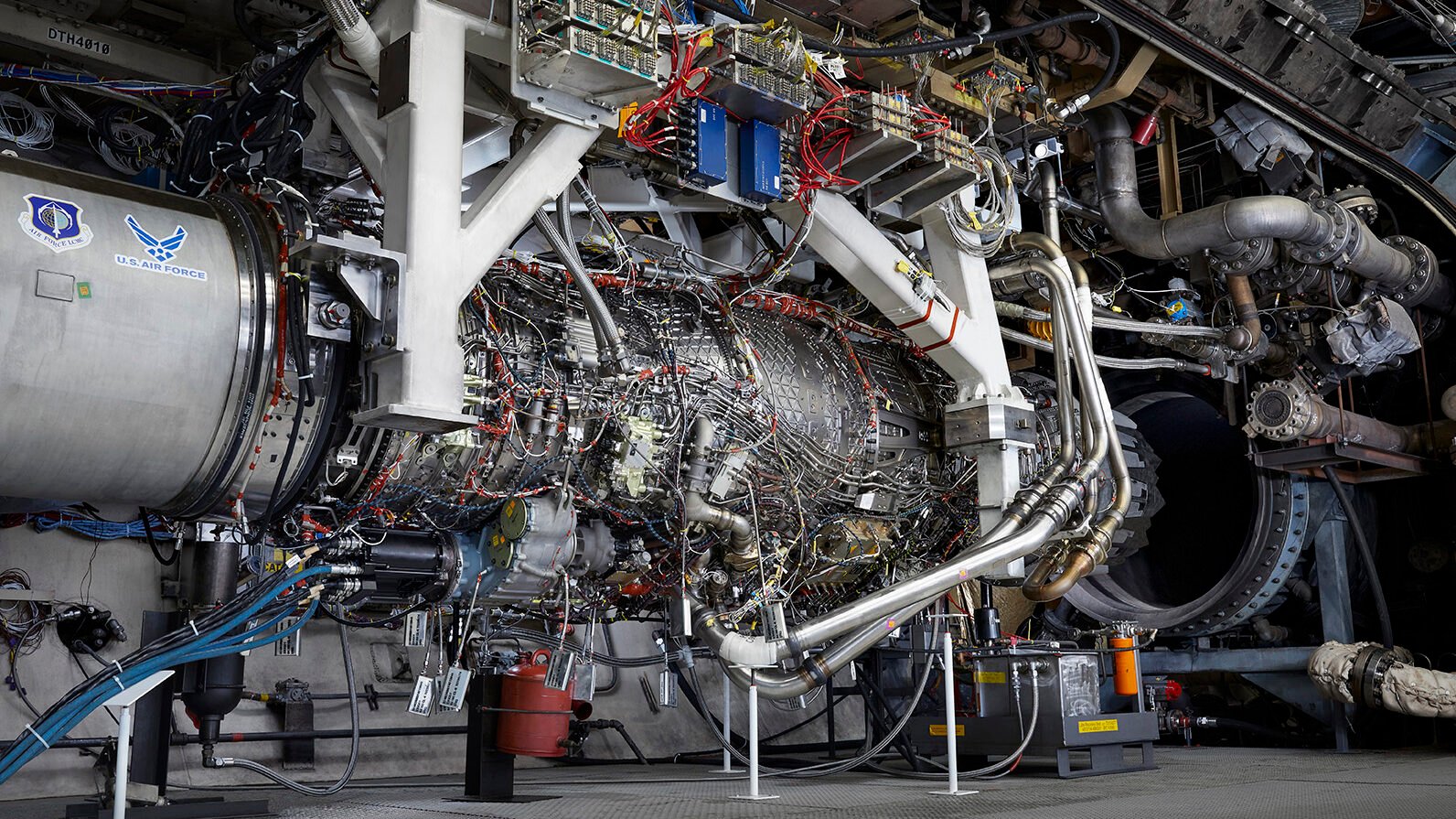

The Indian Air Force’s modernization plans have hit a significant roadblock with GE Aerospace’s inability to meet its engine delivery commitments for the Tejas Mk1A fighter jet. The US engine giant is currently running a substantial 10-month delay, casting a long shadow over the indigenous fighter program.
While GE attributes the setbacks to global supply chain disruptions, particularly in procuring critical materials like titanium, industry sources point to idrw.org it deeper-rooted issues within the company. The aviation sector, in which GE is a major player, was severely impacted by the COVID-19 pandemic, leading to mass layoffs, including a 10% cut in its US workforce.
Continue readingSOURCE: RAUNAK KUNDE / NEWS BEAT / IDRW.ORG
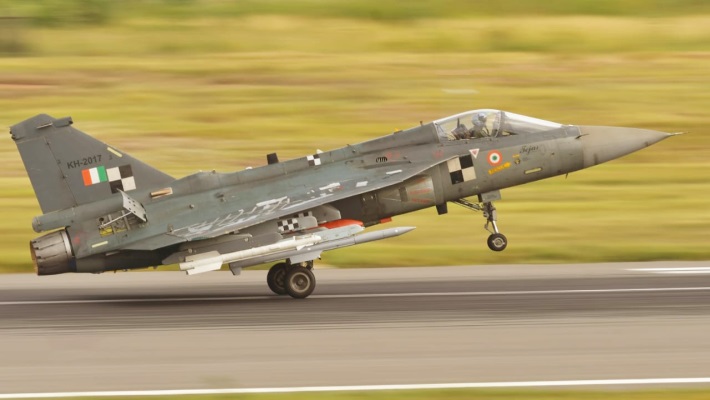)

Despite growing concerns over potential delays in the supply of F-404 engines from GE Aerospace for the Tejas Mk1A program, Hindustan Aeronautics Limited (HAL) has categorically ruled out any plans to replace the engine.
HAL officials, speaking on the condition of anonymity, emphasized that a change of engine would necessitate extensive modifications to the aircraft’s rear fuselage and internal fuel system. This, they warned, could potentially delay the program by over four years. Moreover, any new engine would require rigorous re-validation before production could resume.
Continue readingSOURCE: RAUNAK KUNDE / NEWS BEAT / IDRW.ORG


BEML, a frontrunner in the race to supply 170 tracked Armoured Recovery Vehicles (ARVs) to the Indian Army, is facing potential hurdles due to ongoing challenges with engine supply for its Arjun tank platform.
The Army issued a Request for Information (RFI) last year seeking ARVs capable of operating in diverse terrains, including plains, deserts, mountains, and high altitudes. BEML had initially positioned its ARRV, based on the Arjun tank chassis, as a strong contender. However, the company’s reliance on MTU engines for the Arjun Mk1A Main Battle Tank (MBT) has cast a shadow over its ARRV bid.
Continue readingSOURCE: IDRW.ORG TEAM


NewSpace Research and Technologies has ignited speculation in the defense and aerospace industry with the recent release of intriguing images showcasing an upcoming UAV. The company, known for its innovative approach to aerospace technology, has labeled the project as “Coming Soon,” building anticipation for the unveiling of this groundbreaking platform.
The images offer a glimpse into a hybrid UAV design that combines the versatility of a Hexacopter with the lethal capabilities of air-launched Mini Loitering Munitions. This unique configuration suggests a system capable of both aerial surveillance and precision strike missions, potentially revolutionizing tactical operations.
Continue readingSOURCE: IDRW.ORG TEAM


The Defence Research and Development Organisation (DRDO) is actively developing a Universal Launcher AD (ULAD) system to enhance the operational flexibility of India’s Ballistic Missile Defence (BMD) system. The ULAD will allow the Indian military to deploy both Phase 1 and Phase 2 interceptor missiles from the same launcher, eliminating the need for separate launch platforms.
India’s BMD system is a multi-layered defence shield designed to intercept incoming ballistic missiles at different altitudes. Phase 1 comprises the Prithvi Air Defence (PAD) missile for high altitudes (50-80 km) and the Advanced Air Defence (AAD) missile for lower altitudes (15-30 km).
Continue readingSOURCE: RAUNAK KUNDE / NEWS BEAT / IDRW.ORG
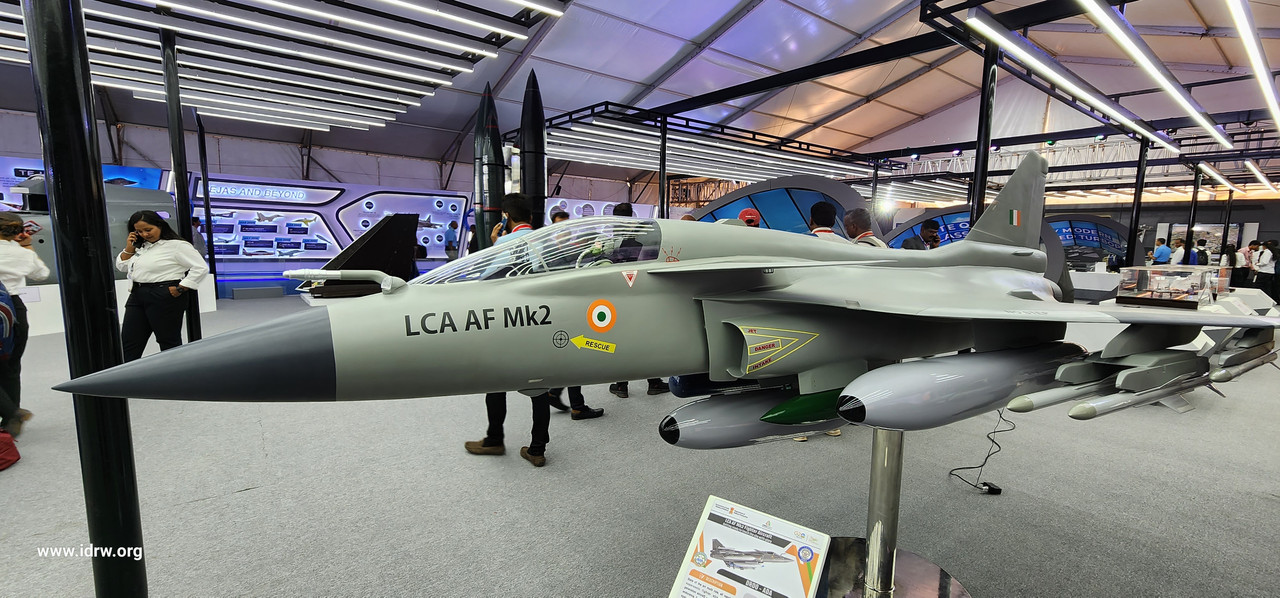

Hindustan Aeronautics Limited (HAL) is set to collaborate closely with the Aeronautical Development Agency (ADA) to enhance the adaptability of the Tejas MkII fighter aircraft. The key focus of this partnership is to optimize the aircraft’s air intake to accommodate potential engine changes in the future.
Currently designed for the F-414 engine, the Tejas MkII’s air intake will benefit immensely from the wind tunnel testing data provided by ADA. This data will be crucial for HAL to conduct in-depth studies on the impact of different engine configurations on the air intake system.
Continue readingSOURCE: RAUNAK KUNDE / NEWS BEAT / IDRW.ORG
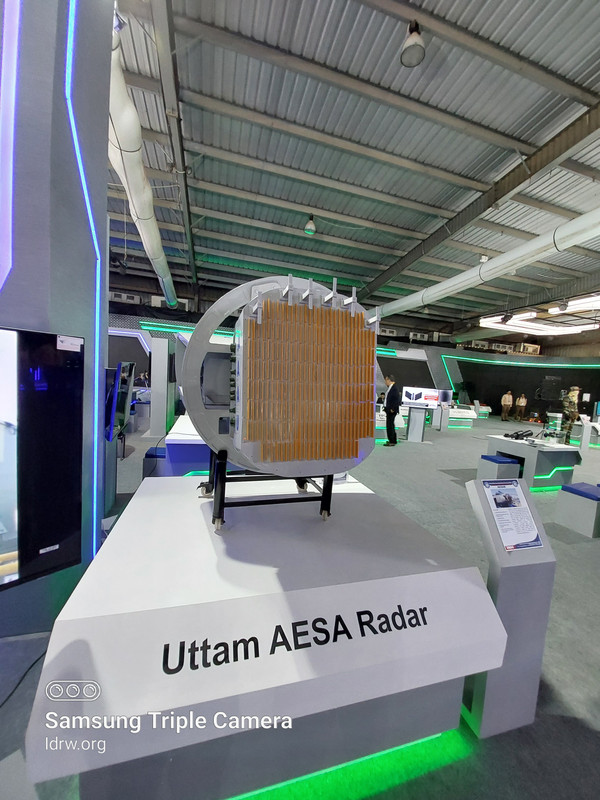

India is making significant strides in developing indigenous aerospace technology, with the Uttam Mk2 AESA radar emerging as a cornerstone of its fighter jet programs. Initially designed for the Tejas MkII, this cutting-edge radar is now poised to equip a broader spectrum of Indian fighter aircraft.
The Uttam Mk2, boasting over 950 T/R modules and employing advanced GaN technology, represents a leap forward in radar capabilities. This AESA radar offers superior detection, tracking, and target engagement capabilities, providing pilots with a decisive advantage in modern aerial combat.
Continue readingSOURCE: RAUNAK KUNDE / NEWS BEAT / IDRW.ORG
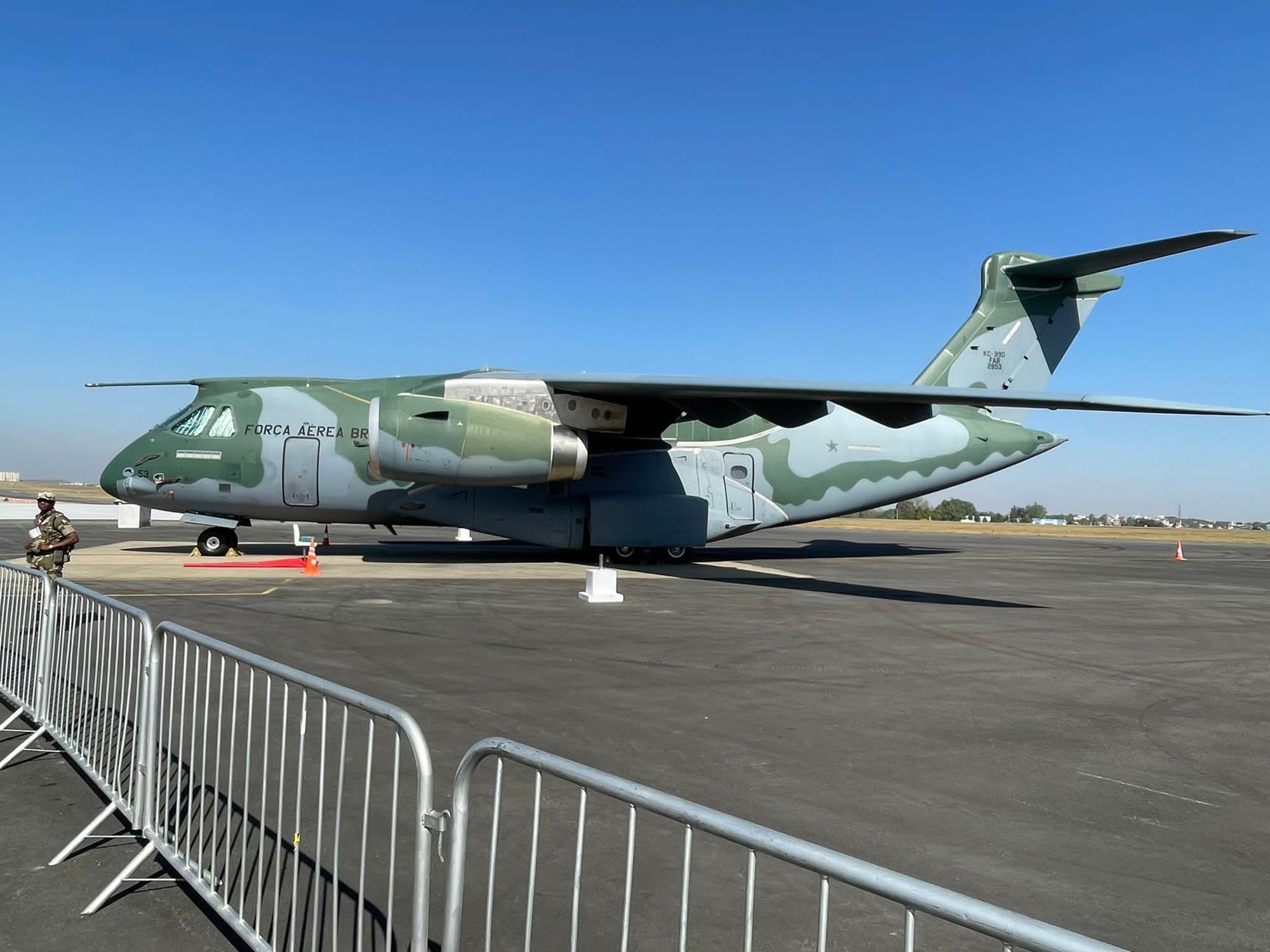

Brazilian aerospace giant Embraer is optimistic about India’s upcoming Medium Transport Aircraft (MTA) program, which aims to replace the ageing Soviet-era Antonov An-32 fleet. Bosca da Costa Jr., head of Embraer’s defence and security division, expressed confidence that the Indian government will finalize its choice for the MTA within the next two to four years.
To enhance its prospects in this lucrative market, Embraer has forged a strategic partnership with Mahindra Aerospace. The collaboration aligns with the Indian government’s ‘Make in India’ initiative, a key criterion for the MTA program.
Continue readingSOURCE: IDRW.ORG TEAM

In a significant development aimed at bolstering India’s strategic deterrence capabilities, the BrahMos Aerospace has initiated work on an extended-range version of its air-launched cruise missile (ALCM). The new missile, an evolution of the existing BrahMos-A, is set to boast a formidable range of 800 kilometers, significantly enhancing the Indian Air Force’s (IAF) strike capabilities.
Currently armed with the 450km range BrahMos-A, the IAF’s Sukhoi-30MKI fleet is poised to become even more potent with the integration of the extended-range variant. To accommodate the heavier payload, the Sukhoi-30MKI will undergo structural enhancements, primarily focusing on reinforcing the mid and rear fuselage sections. Hindustan Aeronautics Limited (HAL) is entrusted with this critical modification to ensure the aircraft can safely carry the 2.5-ton missile.
Continue readingSOURCE: IDRW.ORG TEAM

India’s state-owned Hindustan Aeronautics Limited (HAL) was reportedly aware of potential supply chain challenges faced by GE Aerospace regarding the F-404 engine for the Tejas Mk1A fighter program, according to sources close to idrw.org.
These sources claim that GE informed HAL of these difficulties at the time the contract for 99 F-404 engines was signed in 2021. The concerns stemmed from global supply chain disruptions related to obtaining specialized alloys in the post-pandemic world.
Continue reading